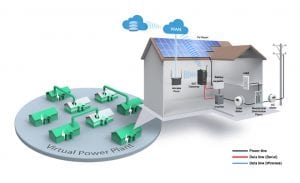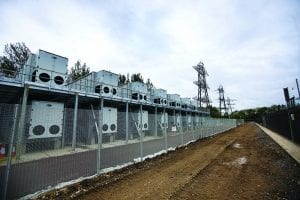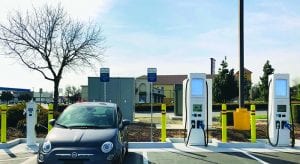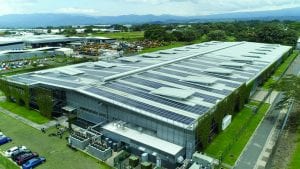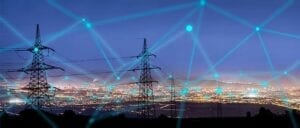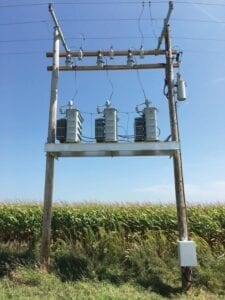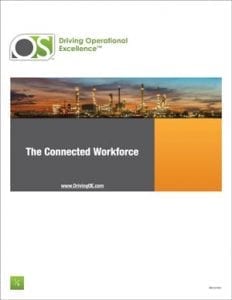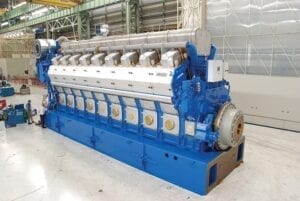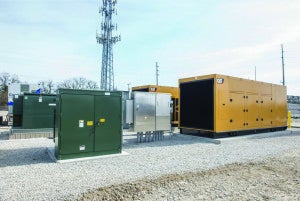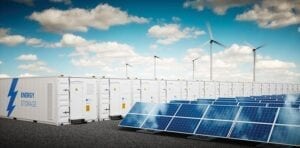Distributed Power
-
News
Canada Project Highlights Value of DERs
Groups involved in the energy market in Ontario, Canada, have joined in a pilot project to simulate a local distribution energy trading market platform, designed to demonstrate improved customer participation
-
Solar
How Different Power Grid Operators Are Approaching Renewable-Storage Hybrid Participation
Pairing renewable resources with energy storage systems makes a lot of sense. However, grid operators are still developing frameworks for handling these hybrid projects but they may need to be treated
-
General
Show Preview – Distributed Energy Conference
The 2021 edition of the Distributed Energy Conference, hosted by POWER magazine, will take place Oct. 18–21 at the Henry B. Gonzalez Convention Center in San Antonio, Texas. This year’s event is co-located
-
Distributed Power
Upgrading a Campus Energy System as Part of a Carbon-Reduction Effort
Educational institutions increasingly are upgrading their physical utility infrastructure to become more efficient in their use of energy while addressing the reliability of the energy supply on their campus
-
IIOT
Enabling IIoT Connectivity for Virtual Power Plants
Declarations of climate emergencies in many countries around the world have created awareness for the need to switch to clean energy sources, which in turn has prompted the power industry and governments to take action or set definite goals. Many governments around the world now provide incentives to individuals, industries, and communities who are interested […]
-
Distributed Power
Road to Success Paved with Innovative Projects
Wärtsilä Energy, known for its experience in energy storage, and Pivot Power—working on ambitious decarbonization projects—have teamed on a multi-application way to serve the future of transportation in
-
Distributed Power
Traveling the Electrification Highway
A company that has served U.S. motorists and the trucking industry for decades has updated its business model to support electric vehicle charging—and generate electricity for several of its locations. Power
-
Microgrid
How Commercial and Industrial Facilities Benefit from On-Site Power
Commercial and industrial companies can reap many rewards by taking a more hands-on approach in sourcing power. Incorporating solar, wind, and other forms of on-site generation—including combined heat and
-
Connected Plant
In-Person Events and COVID: Are You Ready to Travel?
In my job, I typically do a fair amount of traveling. Of course, that all changed last year due to COVID-19. I didn’t go anywhere for work-related events or meetings. It was kind of nice—at first—but
-
Interview
The POWER Interview: A Marketplace for Energy Collaboration
The digitization of power generation is among the technology advancements transforming the way electricity is produced and distributed. Utilities have always sought ways to improve the efficiency of their operations, along with lowering the cost of maintenance while streamlining asset management. The digital transformation has brought numerous challenges, as utilities seek to upgrade their legacy […]
-
Microgrid
Greenhouses and Microgrids Should Grow Together
As consumer preferences continue to shift toward purchasing locally sourced and organic produce, demand is growing for commercial greenhouses, or controlled environment agriculture (CEA), as the industry is labeled. This shift in preference to locally grown food is changing the way supermarkets and restaurants source their fruits and vegetables. COMMENTARY Many restaurants throughout the country […]
-
Electric Vehicles
The Surge in Electrification of Transportation Requires a Sustainable and Resilient Electrical Infrastructure
As society contends with the impacts of climate change, we need to aggressively pursue strategies for reducing carbon emissions. Although states in the U.S. are taking a variety of approaches to greenhouse gas (GHG) reduction, and following an equally diverse set of timelines, most state-level GHG emission goals announced so far are fairly consistent—to reduce […]
-
Distributed Power
Using Distribution-Class STATCOMs to Resolve Distributed Generation Plant Voltage Issues
When distributed generation causes net reverse power flow on a distribution feeder, several voltage-related issues can occur. According to studies published by the National Renewable Energy Laboratory (NREL)
-
Gas
Inland Power Plants Benefit from Marine Engines
Engine-based power plants have proven to be dependable complements for intermittent renewables, but they are also capable of providing steady baseload electricity. With the right technical support, including
-
Research and Development
Nanogrid Could Hold Key to Clean Energy Future
The Orlando Utilities Commission’s (OUC’s) vision of a green energy future isn’t as far off as some people may think. The utility’s nanogrid is providing a testing ground for several innovative power
-
Electric Vehicles
Bigelow Tea Enhances Sustainability with a Vehicle-to-Grid System
Sustainability is a buzzword that’s being bantered about up and down Wall Street, and corporate leaders have taken notice. Many companies have adopted environmental, social, and governance (ESG) initiatives, which are often tied to sustainability goals. In some cases, the pressure to do so has come from customers and/or investors, but in others, CEOs and […]
-
Microgrid
Solar Microgrids Offer Pathway to Decarbonize Mining
Mining is an energy-intensive industry; digging, crushing, and processing minerals takes a lot of power, and mines often operate 24 hours a day, seven days a week. Like other industries, mining companies are seeking solutions to reduce their emissions; both for the sake of the planet and in response to increasing pressure from customers to […]
-
POWER Podcasts
Is a Microgrid Right for You?
A microgrid is a discrete energy system consisting of distributed energy resources, such as solar panels, wind turbines, backup generators, and battery storage systems, and loads capable of operating in parallel with, or independently from, the main power grid. A microgrid generally operates while connected to the grid, but importantly, it can break off and […]
-
Distributed Power
Renewables and Distributed Energy Resources Take Center Stage as Power Is Transferred to the People
2021 Predictions for Energy, Utilities, and Resources Even if the climate crisis is currently having to share headline space with the global pandemic, it has by no means lost its traction. Nor have the perils of climate change lost any of their urgency. Taking a global stance, I would say that the charge to lower […]





